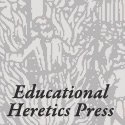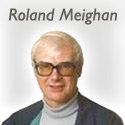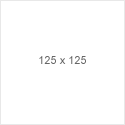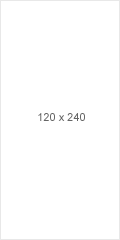A sample of Ron Miller’s thinking was also featured in AERO’s October e-News:
Educational Alternative – Not Just Alternative Education by Ron Miller. From www.pathsoflearning.net
In today’s increasingly complex world, families have access to a wider range of educational options than ever before. It is now possible, and it’s becoming more widely recognized as desirable, to choose a school—or nonschool—learning environment that best serves the specific needs and accommodates the unique personal qualities of every young person.
Despite the forceful push for standardization in public educational policy, which has reached a peak in the so-called No Child Left Behind legislation, students now have diverse opportunities to experience a truly individualized or personalized education. Growing numbers of parents and educators are starting to recognize that the one-size-fits-all system, devised for the industrializing economy of the nineteenth century, is obsolete, and that the current obsession with standards, testing, and authoritarian control is a desperate last gasp of a system in decline.
Before the 1960s, families had few options. Other than the local public school, one’s choices might include a parochial (religious) school and perhaps an elite private school. As part of the general cultural awakening that took place during that decade, ideas about education expanded greatly. By the early 1970s, there was an explosion of “free schools,” Montessori and Waldorf programs, public “schools of choice,” and programs that became known under the generic name of “alternative” schools. Eventually some states endorsed the hybrid model of “charter schools,” using public funding to support a variety of educational experiments. At the same time, thousands of families became inspired by books such as Ivan Illich’s Deschooling Society (1970) and John Holt’s Teach Your Own (1983), to launch the homeschooling movement.
Struggling against the politics of standardization, these movements have matured and grown. When we now speak of educational alternatives—plural—rather than “alternative education,” we are embracing a wide range of possibilities, rather than endorsing an entrenched system and allowing a few dissidents to do their own thing on the margins.
There are at least twenty distinct models of non-standardized education, reflecting different views of child development and various understandings about what constitutes essential knowledge. One way to think about this diversity is to identify several basic philosophical orientations and compare them with each other. For example, some educational alternatives are frankly libertarian and individualistic. They argue that children learn most effectively—and become willingly collaborative members of the community—when they have full responsibility for their own learning from an early age.
A. S. Neill’s 1960 book Summerhill, describing the radical child-centered school he founded in England, is the best known statement of this approach. Today there is a growing international network of “democratic schools” (see www.democraticeducation.com) and an expanding group of schools modeled after the pioneering Sudbury Valley School in Massachusetts (www.sudval.org). The most child-centered approach among homeschoolers, called “unschooling,” also seeks to do away with the arbitrary educational authority of adults.
Another category of alternatives might be called “social democratic” or “progressive.” These programs are more structured than the libertarian ones; for example, they do make specific intellectual demands on students, and may identify social values (such as peace, justice, sustainability) that they believe are crucial. Still, they tend to educate through dialogue and collaborative activity rather than authoritative transmission of a fixed curriculum.
A third major group of alternatives are those based on specific understandings of human development. The two best known of these approaches are the Montessori and Waldorf schools, both founded by visionaries in the early twentieth century (Maria Montessori and Rudolf Steiner). They believed that the child’s personality develops according to the unfolding of identifiable spiritual stages, and so they sought to provide educational experiences that specifically address the child’s needs at each stage. These alternative models are “child-centered” in the universal sense, rather than driven by society’s expectations for how future workers and citizens should be educated. (See www.montessori.org and www.awsna.org.)
There are other types of schools, and other styles of home- and community-based learning, that are more difficult to classify. Some of them combine elements of several categories. There are programs in public education, including charter and magnet schools, special programs for youths “at risk” of dropping out, and others, that are noticeably different from the standard school model, yet don’t quite fit into these philosophical groups.
Parents and young people who want to learn more about the variety of alternatives available can start by visiting the website of the Alternative Education Resource Organization (www.edrev.org).









